Ethiopia Hunger Reaches Emergency Levels
Food crisis continues in midst of severe El Nino drought.
By Codi Kozacek
Circle of Blue
The first three months of 2016 will be critical for providing food and water aid to Ethiopia, where swathes of the country are reeling under the worst drought in 50 years. In some areas, food insecurity has reached emergency levels, and at least 15 million people in Ethiopia will need humanitarian assistance this year, according to international aid agencies.
Ethiopia is struggling to cope with the legacy of one of its driest and hottest years on record. The weather, linked to the global El Nino weather phenomenon, destroyed harvests in central and eastern Ethiopia and severely harmed the health of livestock herds in the north. As a result, families face an early start to the annual lean season, which typically doesn’t begin until April.
Aid agencies warned in a December report that children will die without food assistance. The report, released by the Washington D.C.-based Famine Early Warning Systems Network (FEWSNET), added that conditions are unlikely to deteriorate to a famine like the one in the 1980s, which killed nearly 1 million people; however, Ethiopia’s humanitarian need in 2016 will exceed any levels seen in the past 12 years.
Ethiopia’s troubles come at a time when the world is already responding to five other major food and humanitarian crises. The World Food Programme, the United Nations’ food aid agency, is providing emergency assistance in Iraq, South Sudan, Syria, and Yemen. Together, more than 11 million people across the four conflict-torn countries need food aid. The WFP is also active in western Africa helping families affected by the Ebola virus. In addition, El Nino-related weather events over the past year left millions of people hungry in Central America, southern Africa, and Papua New Guinea.
“Aid agencies are already stretched responding to the crises in Syria, South Sudan and Yemen,” Jane Cocking, humanitarian director for international aid agency Oxfam, said in a December 30 press release. “We cannot afford to allow other large-scale emergencies to develop elsewhere. If the world waits to respond to emerging crises in southern Africa and Latin America, we will not be able to cope.”
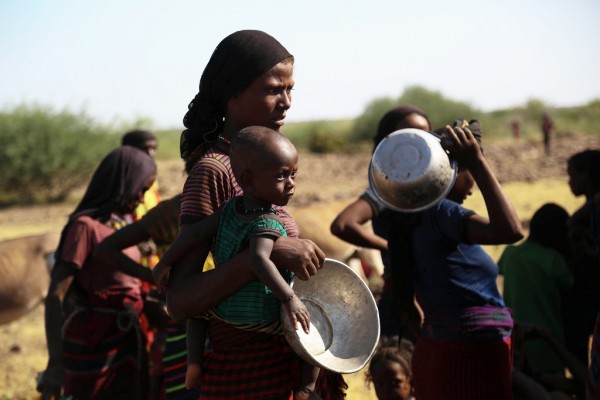
Harvests, Livestock Decimated By Drought
Farmers in Ethiopia are quickly nearing the end of their primary harvest, called meher, which produces about 90 percent of the country’s staple grain crops like corn, wheat, and barley. The spring and summer rains that usually feed the harvest, however, barely materialized last year. Between March and September, rainfall in central and eastern Ethiopia reached the lowest level in more than 50 years, and some regions received less than 65 percent of their normal precipitation. Moreover, temperatures soared to their highest average since 1960, according to FEWSNET. As a result, farmers in eastern and central Ethiopia lost up to three-quarters of their meher crops.
Pastoral areas in northern Ethiopia are also facing emergency levels of food insecurity over the next three months, according to FEWSNET. “Emergency” levels means that households have large gaps between meals, experience high malnutrition, are at risk of premature death, and are losing assets that support their livelihoods. After months of drought, livestock herders in northern Ethiopia are seeing many of their animals starve. More than half a million livestock have already died, while nearly 2 million more are at risk of dying. The desiccated livestock that survive are worth much less than healthy animals, leaving herders with less money to buy food for their families.
A news correspondent for Circle of Blue based out of Hawaii. She writes The Stream, Circle of Blue’s daily digest of international water news trends. Her interests include food security, ecology and the Great Lakes.
Contact Codi Kozacek

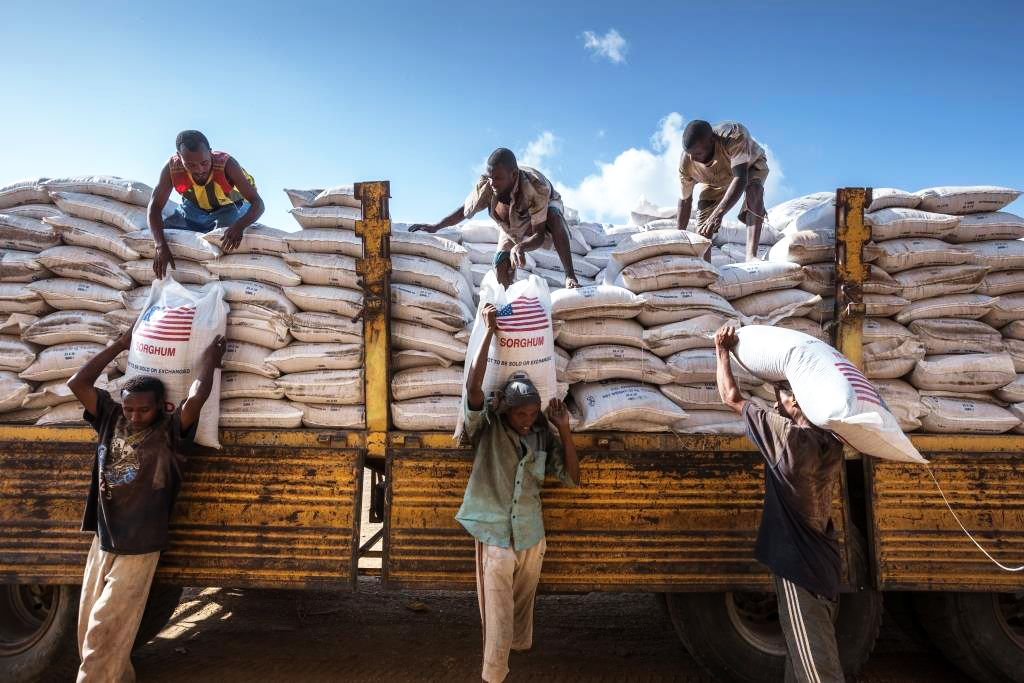

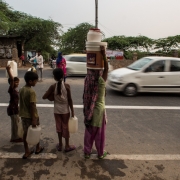
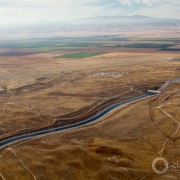

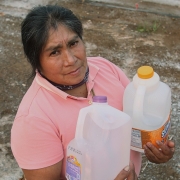



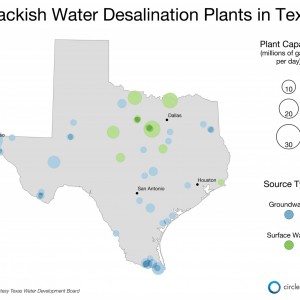

Leave a Reply
Want to join the discussion?Feel free to contribute!